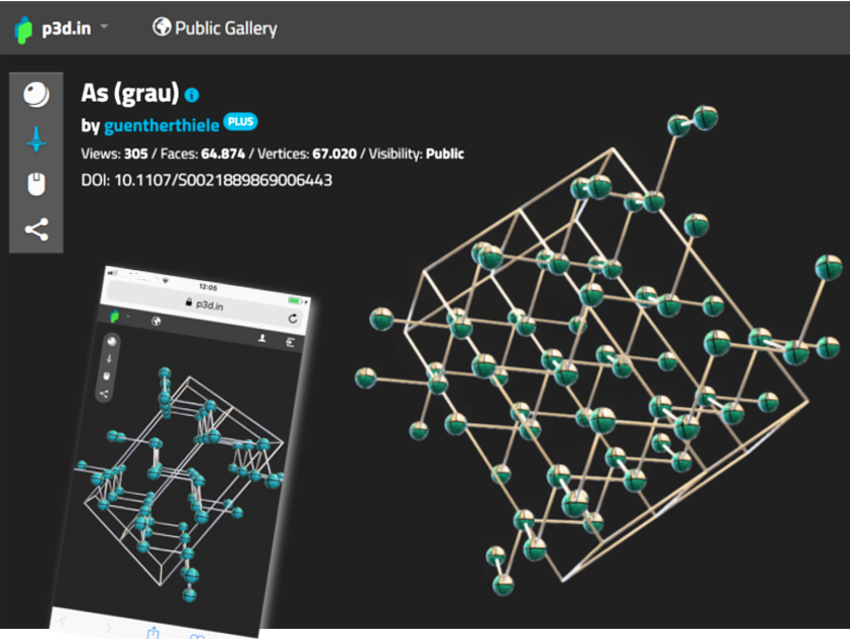In chemistry classes, it is often difficult to convey the spatial arrangement of atoms, ions, and molecules. Chemical structures are often represented in two dimensions, for example, on the blackboard or in books. The actual three-dimensional structure must be visualized as a mental image. Depending on the individual’s spatial reasoning skills, this can be more or less successful.
Clara Adele von Randow, University of Oxford, UK, and Jonas Rachid Schmid, Freie Universität (FU) Berlin, Germany, describe how digital techniques and methods can convey such structures in a more interactive, engaging, and understandable way.
Initiated by Günther Thiele, FU Berlin, they have used augmented reality in a project at FU Berlin to display the spatial arrangement of atoms, ions, and molecules in such a way that they can be viewed and grasped by everyone in a lecture simultaneously.
To achieve this, the smartphones or tablets of the students project a virtual object—such as a molecule or an orbital representation—onto a cube that serves as a reference point and is available for purchase or as a printable craft template. The camera in the device continuously images the environment. This allows the projection to simulate the haptics of an analog model by transferring every movement of the cube to the projected model on the display of the mobile device.
The object viewer application used is available free of charge for all common operating systems. Predefined objects can be loaded by entering an object code or scanning a QR code. A list of these object codes, references, and QR codes of all objects prepared by the project group can be viewed and used freely online. The entries in this database are continuously updated. The users can also create their own models in a few steps and share them with others.
Additionally, browser-based representations are implemented for all provided objects and are accessible in the database. This representation variant does not require a physical projection surface (mobile and desktop computer interfaces pictured above), and the structure can be moved with mouse or swipe gestures.
Günther Thiele was awarded the Fulbright Cottrell Award by the American Research Corporation for Science Advancement for this project in 2020.
- Keine Kosten, viel Spaß (in German),
Clara Adele von Randow, Jonas Rachid Schmid,
Nachr. Chem. 2021, 69, 10–12.
https://doi.org/10.1002/nadc.20214110213
Also of Interest
- Freie Universität Berlin, Germany, AR Structure Database (in German), www.bcp.fu-berlin.de/chemie/chemie/forschung/InorgChem/agthiele/Augmented-Reality. (accessed June 16, 2021)
- J. R. Schmid, M. J. Ernst, G. Thiele, Structural Chemistry 2.0: Combining Augmented Reality and 3D Online Models, J. Chem. Educ. 2020, 97, 4515–4519. https://doi.org/10.1021/acs.jchemed.0c00823



